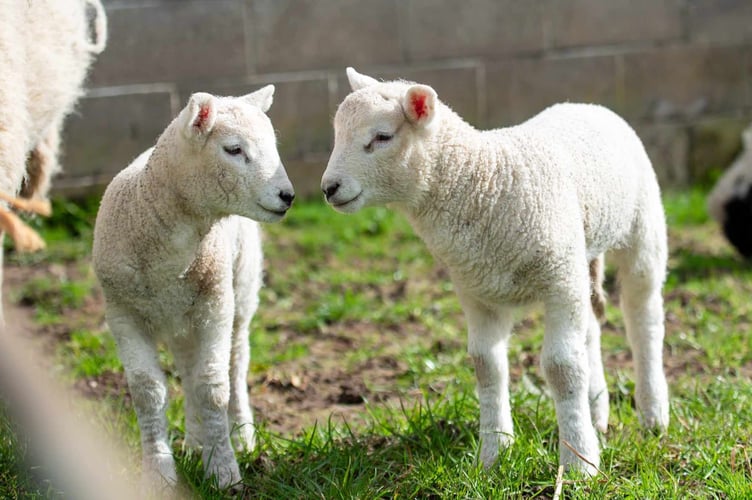UK abattoir sheep throughput figures for June reveal a “concerning trend” with sheep numbers slaughtered substantially down in the first six months of this year compared to 2023.
Some 5.4 million prime lambs were processed in the first six months of the year, nine per cent down year-on-year and six per cent below 2022 levels.
This new data is detailed in HCC’s July Market Bulletin and Editor Glesni Phillips said it represented a “concerning trend” of consecutive lower numbers. “This nine per cent fewer prime lambs equates to a weighty 564,400 head on 2023 numbers and is a knock-on effect of the information we saw in the 2023 June survey, which registered a ten per cent fall in sheep numbers.
“It depicts a concerning and successive year-on-year trend that could have sizeable repercussions for critical mass and lower production in Wales,” she said.
In total, there were 6.1 million sheep and lambs slaughtered at UK abattoirs up until June, representing a significant ten per cent decline from the previous year.
“However, there may be a few chinks of light within these darker statistics, as they also include adult sheep numbers dropping as well- so it’s possible some could be kept back for further breeding,” said Glesni.
She said throughput of adult sheep in the period was down 16 per cent to 688,600 head, which is the lowest level recorded since the first six months of 2020. Consequently, the total volume of sheep meat produced Jan-July 2024 is eight per cent lower than year-earlier levels, at 129,400 tonnes.
“Another factor could be that the weather is impacting on grass growth and setting back finishing - but the numbers are behind where we would have thought they would be at this time of year,” said Glesni.
She said the lower figures were despite abattoirs recording higher slaughter numbers in January and February compared to the previous year. “The subsequent four months saw significantly lower levels than in 2023. Numbers increased slightly in March but New Season Lambs have generally been slower to come forward, resulting in numbers being five per cent below the five-year average.




